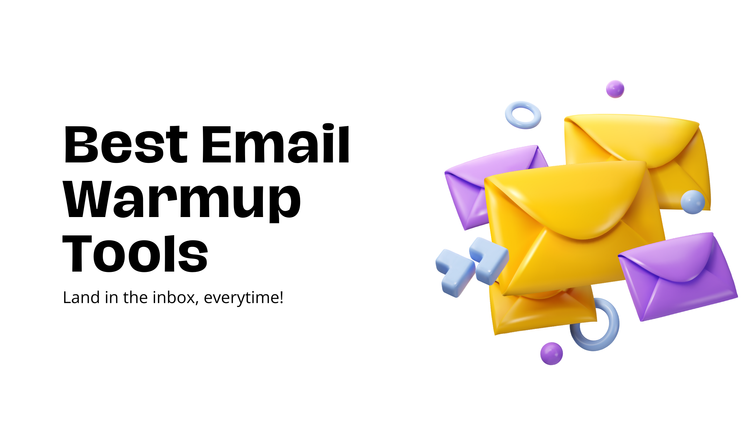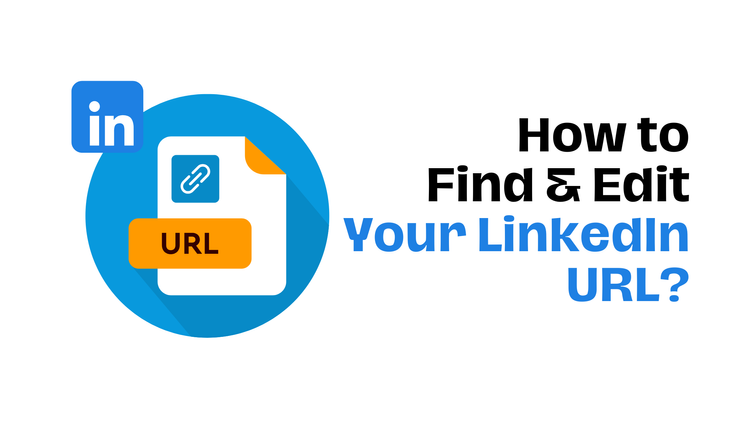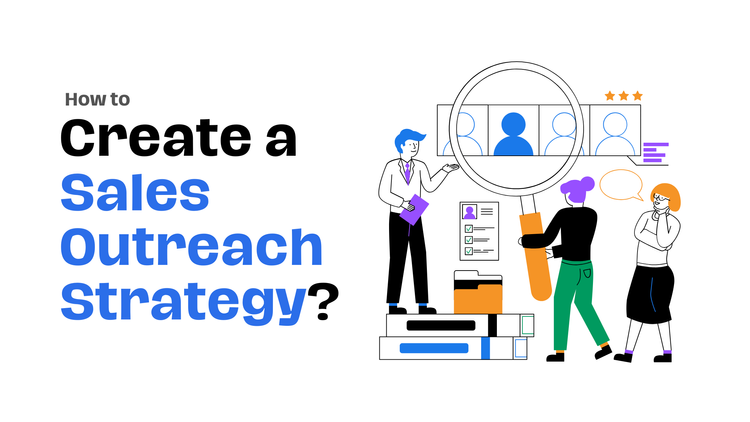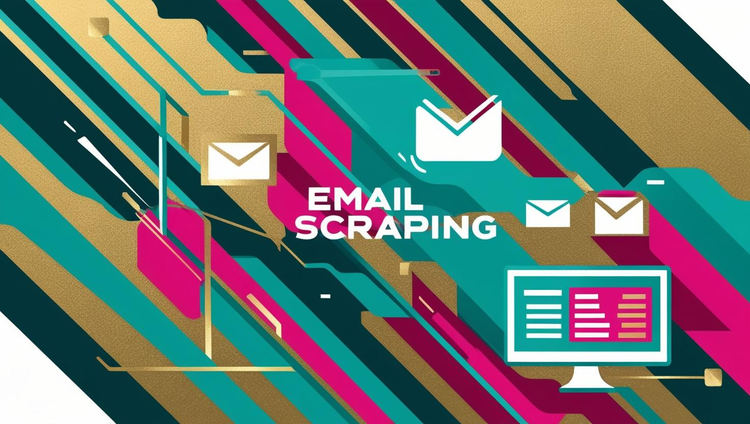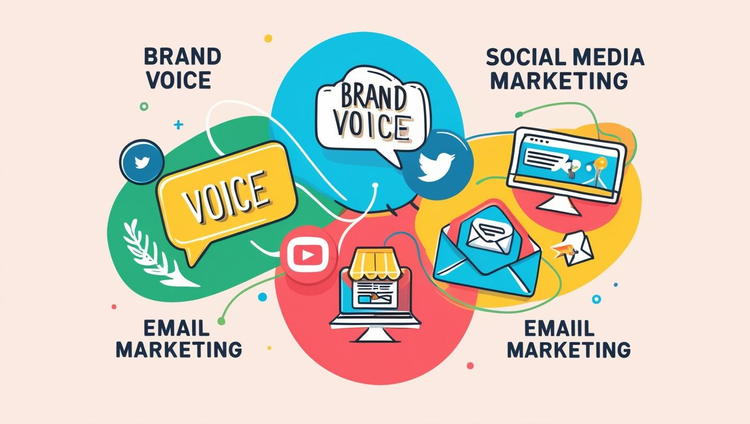Email Marketing and SEO: How They Work Together
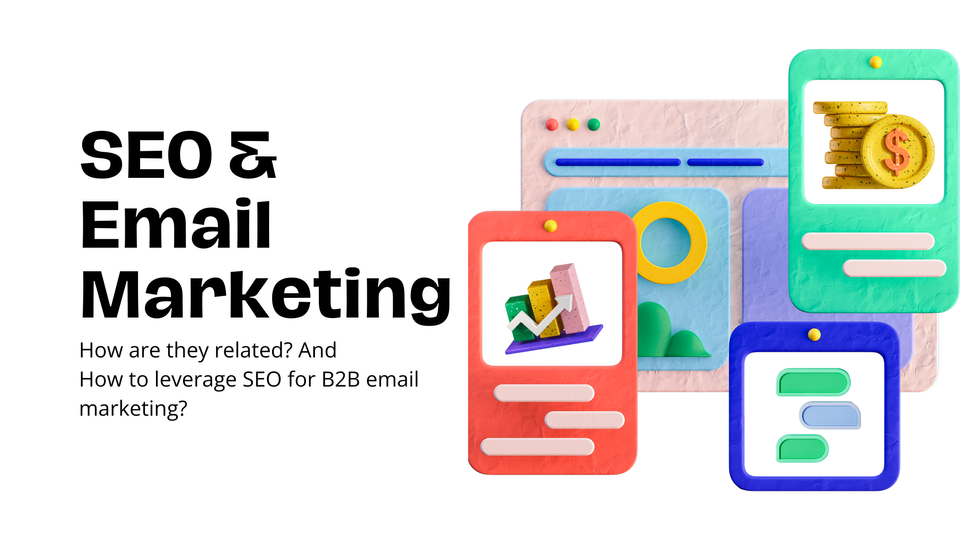
Email marketing is the cornerstone of the B2B world- helping in forging connections and converting leads. But let’s skip the usual spiel! This article isn’t about the rehash of what you already know. It’s about learning the heart of the matter: how email marketing continues to be a dynamic force in the business landscape.
If you pay attention to these email marketing stats, you will know that email is still active in the market and helps businesses gain traction. However, within these numbers also lies a significant challenge:
How do you ensure your email campaign stands out in overflowing inboxes?
Well, the answer lies in the smart use of SEO techniques. It ensures your emails reach the right inboxes and engage your target audience, not get lost in the spam folders.
Curious about how SEO can transform your B2B email marketing campaigns? Let’s dive right in!
What is an Email Marketing and SEO Campaign?
An email marketing campaign is about sending targeted emails to a group of recipients to promote products or services or engage with them. It primarily aims to build customer relationships, drive sales, and increase brand awareness while adhering to privacy and anti-spam regulations.
One primary difference between B2C ((business-to-consumer) email marketing and B2B (Business-to-business) email marketing is the “Target Audience.” In B2B, the email recipients are usually professionals, managers, or executives who make or influence business decisions.
B2B decisions are complex, involve groups of people, and often happen over a long time. The purchases are usually big. Marketing for B2B focuses on being trustworthy and showing value, using industry events and specific online platforms.
B2C transactions are simpler, driven by emotions, and are usually quick. Relationships are shorter. B2C marketing is about emotions, brand image, and convenience, using various channels like social media and online shopping platforms.
Coming back to the topic, how is a business-to-business email marketing campaign associated with search engine optimization?
The Connection Between Email Marketing and SEO in B2B Strategy
SEO and B2B email marketing are two powerful tools that, when combined, can significantly boost the effectiveness of your campaigns.
Typically, SEO helps you improve website visibility and ranking. However, when you use optimization strategies for your email campaigns, it not only enhances the visibility of your emails but also ensures that they resonate more effectively with your target audience.
It’s worth noting that this relationship is not a one-way street. It goes both ways!
SEO and B2B email marketing complement each other by increasing website visibility and aligning content. SEO optimizes search engines, enhancing organic traffic, while B2B email marketing drives traffic through linked content.
Both benefit from keyword integration, content alignment, and data analysis, collectively strengthening a comprehensive digital marketing strategy.
How to Use Email Marketing and SEO for B2B Growth
Now, you know that using optimization strategies is crucial for email campaigns, but how do you actually implement them? Scroll down to know.
Keyword Research for Email Content
In B2B emails, content typically revolves around industry updates, product information, and professional insights. However, these emails often lack engagement and fail to prompt action. It’s often due to unoptimized content that doesn’t resonate with the target audience.
The game-changer here is keyword research. By identifying and including relevant keywords, you can significantly enhance the appeal and effectiveness of your email content.
This isn’t just about stuffing keywords; it’s about understanding what your audience is searching for and tailoring your message to meet those needs.
An essential part of this process is being mindful of SEO Stop Words like “the,” “an,” “and,” “but,” “or,” and “on.” Using these words, along with the target keywords, can make your emails look natural, informative, and reader-friendly. It will ultimately lead to higher engagement and click-through rates.
Tips to conduct Keyword Research:
- Identify the topics, problems, or questions your target audience cares about.
- Use tools like Google Keyword Planner, SEMrush, Ahrefs, or Moz Keyword Explorer to learn about keyword search volume, competition, and related terms.
- Look at what keywords your competitors are targeting in their emails.
- Regularly monitor the performance of your chosen keywords and be ready to change them when necessary.
Optimizing Email Subject Lines and Previews
Does your email subject line read something like “Monthly Newsletter Update” or “Company X’s Weekly Insights”? If so, it’s high time for a change.
But why? Well, the subject line is your first, and sometimes only, chance to grab your audience’s attention. Think of it as a mini-advertisement for your email: it needs to be compelling, relevant, and irresistible. Only then you can ensure that your target audience actually opens the mail and interacts with your business.
So, to optimize your subject lines, you need to step into your audience's shoes. For example, instead of “New Product Update,” try “Your Business is Missing Out on These Tech Releases!”
The idea behind these subject lines is similar, but the latter one instantly piques the interest of your audience.
Similarly, use the preview text effectively – it’s a sneak peek into your email’s content. Crafting these elements with SEO in mind, using keywords that resonate with your audience, can transform your email from just another message in the inbox to a must-read.
SEO-Friendly Email Design and Layout
Apparently, creating an SEO-friendly email design and layout is crucial for B2B email marketing success. It’s not just about the content but how it’s presented. That said, a few key aspects include:
- Mobile Optimization: Many professionals access emails on their smartphones. So, ensure your design is mobile-responsive. For example, use a single-column layout for easy scrolling.
- Alt Text for Images: Always include descriptive alt text for images. This ensures that your message still comes through if images don’t load.
- Text-to-Image Ratio: Balance text and images to avoid spam filters. Typically, it’s recommended to aim for a 60:40 text-to-image ratio.
- Clickable Elements: Make links and call-to-action buttons prominent and easy to click, even on mobile devices.
- Loading Speed: Optimize image sizes and HTML structure to ensure quick loading. It will enhance user experience and also help keep the target audience engaged.
- Readable Fonts and Colors: Use clear, web-safe fonts such as Arial, Verdana, Times New Roman, or Georgia and high-contrast colors such as Black Text on a White Background, White Text on a Dark Blue Background, or Dark Grey Text on Light Grey Background for readability.
Believe it or not, these elements make your emails more accessible and user-friendly. Moreover, it aligns with SEO principles, increasing the likelihood of your audience valuing and engaging your emails.
Crafting Engaging, SEO-Optimized Email Content
You’ve nailed the keywords, optimized the subject line, and even enhanced the email design. So, your target audience will engage and convert, right? Wrong! Even with all these elements in place, the core of your email - the content - demands special attention.
This involves going beyond mere keyword insertion to creating value-rich, informative, and compelling messages that resonate with your professional audience. Remember, your aim is not just to convince the receiver to open the mail but to make them stay, read, and act.
Simply put, your content should be written in such a way that it speaks directly to the needs and interests of your recipients. It must transform from just another message in their inbox to a valuable resource they look forward to receiving.
Email Marketing and SEO Metrics: Tracking Engagement for Better Results
Last but not least, after ensuring your emails reach the right audience and are designed to engage them, the crucial question arises: How do you know if your efforts are truly paying off?
This is where analyzing email engagement through SEO metrics comes into play. These metrics, often overlooked, can provide deep insights into how well your emails are performing.
By analyzing open rates, click-through rates, and recipients' behavior after they’ve clicked through to your website, you can gauge the effectiveness of your content and subject lines. Additionally, tracking conversions and engagement patterns on your website initiated by email clicks helps understand if your SEO strategies align well with your email marketing goals.
This analysis not only informs you about the current performance but also guides you in optimizing future campaigns for better engagement and results.
Final Thoughts: Why Email Marketing and SEO Work Best Together
By now, you’ve seen how smart SEO can transform your emails into an engaging tool that captures attention and drives action. Keep in mind that it’s all about reaching the right people with the right content at the right time. So, go ahead, apply these SEO strategies, and watch your B2B email campaigns soar to new heights!
FAQs: Email Marketing and SEO
What is SEO and email marketing?
SEO (Search Engine Optimization) is the process of optimizing a website to rank higher on search engines, while email marketing is a digital marketing strategy that involves sending targeted emails to engage audiences. Although they serve different purposes, email marketing can support SEO efforts by driving traffic, increasing engagement, and encouraging social shares and backlinks.
Can email marketing improve SEO?
Yes, email marketing can indirectly improve SEO by:
- Driving qualified traffic to your website, increasing dwell time.
- Encouraging content shares and backlinks, which boost domain authority.
- Improving engagement signals, such as low bounce rates and high time on page.
- Promoting content that gets indexed and ranked on search engines.
Does SEO apply to emails?
While emails themselves don’t directly impact search rankings, SEO principles apply to email marketing in terms of:
- Optimizing subject lines and email copy for readability.
- Using keywords in email content to align with search intent.
- Linking to high-value content that can improve site traffic and engagement.
- Encouraging social shares that can generate backlinks to your website.
Is email marketing off-page SEO?
Email marketing is not a direct off-page SEO factor, but it supports off-page SEO efforts by:
- Generating brand mentions and backlinks when shared.
- Increasing website traffic, which signals relevance to search engines.
- Driving social engagement, which can enhance authority and visibility.
While email marketing doesn’t influence SEO rankings directly, it plays a crucial role in enhancing overall digital marketing performance.

